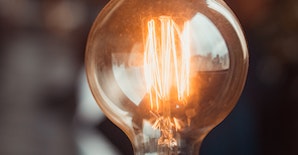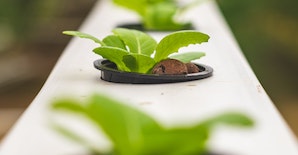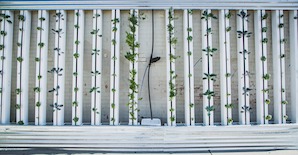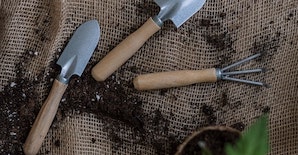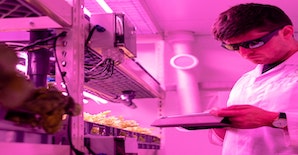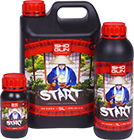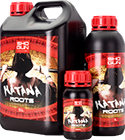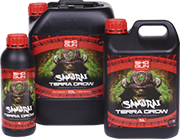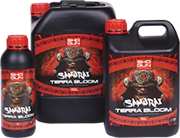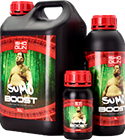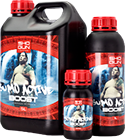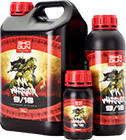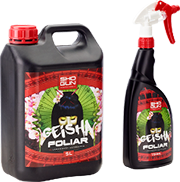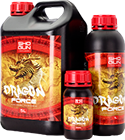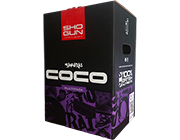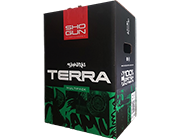Grow Room: What to Measure and When to Measure it
Grow Room: What to Measure and When to Measure it
1. EC and pH
Electrical conductivity (EC) is a measurement of the amount of dissolved minerals in a solution. pH is a measurement of the acidity or alkalinity of a solution. PH follows a simple scale of 1-14. EC is a little more complicated, as you’re often dealing with very large numbers; ‘ppm’, an abbreviation of ‘parts per million’, is a term you’ll often see used in reference to EC, but ‘mg/L’, ‘milligrams per litre’ isn’t an uncommon measurement either.
Establish a baseline by measuring the EC and pH of your water source. Be specific; measure the actual tap or faucet from which you’ll be feeding your plants. It’s been 200 years since indoor plumbing was invented and you’d be amazed how many pipes are almost as old as that. With you baseline established, you can head over to our feed chart calculator to get a personalised feeding schedule for your plants.
You should premix your nutrient solution in a container, then adjust where necessary with pH Up and pH Down so that the pH is at the perfect level before you introduce it into your system. Remember to never mix pH Up and pH Down; store them responsibly and use them sparingly – a handful of drops is often the most you’ll need.
Significant shifts in EC and pH can be an indication of ill health in your plants or a problem in your system, so measuring both should be one of the first steps you take when trying to diagnose a problem. Keep in mind that both EC and pH can be affected by temperature. Recirculatory systems require a more regular monitoring regime.
2. Temperature and Humidity
Depending on where you are in the world, temperature is generally measured in Fahrenheit (oF) or degrees Celsius (oC), whilst humidity, the amount of water vapour in the air, is expressed as a percentage. A good thermo-hygrometer will have a switch on the back to shift from Fahrenheit to Celsius.
Short of taking a year off growing in order to establish a proper baseline adjusted for seasonal weather conditions, measuring the temperature and humidity of your growing space will likely be something you do for as long as you’re growing. New grow rooms will take a while to ‘settle’; at the very least, get your kit up and running a week or two before you start growing and measure as many variables as you can.
Establish an operational window in which your plants are growing. What are the highest and lowest temperatures and humidity levels that your growing space can reach, and how can you change them if necessary? Temperature and humidity affect one another as well as your plants. In the midday heat of summer, you can pump up the humidifier in order to raise the humidity and lower the temperature, but this could encourage the growth of bacteria. Similarly, in the winter you might want to put a heater on, but this could dry the space out and negatively affect the transpiration rate of your plants. It’s all about finding a balance.
Make sure you’re measuring the right part of your growing space. It all matters, but the temperature at the plant canopy matters more.
3. Light Levels
This is all to easy to overlook. Lights, be they bulb or diode-based, don’t last forever, particularly in the challenging confines of a grow room. Buying a good light metre is never a bad idea. Lumens, lux, candles and footcandles are just some of the units that light is measured in. Investing your time in learning about light and how it’s measure is a worthwhile pursuit. Alternatively, you can look at the reference chart on the box the bulb or luminaire came in and adjust your light metre to read out on the same scale.
You should measure any new lights once they’re set up. Remember to give them some time to get fully operational – an hour is more than enough time to have them running - before you take the measurement. Continue to measure them throughout their lifespan; once a month and if you feel they’re struggling should cover it. Again, the most important measurement is the one taken at the plant canopy.
4. Airflow
You can read our blog on airflow here. If you’ve set up your system properly, airflow should largely take care of itself. But, as with all of your equipment, fans and filter all decline over time and need to be monitored and replaced where necessary. Again, check your kit fresh out of the box. An anemometer will give you an accurate account of air velocity, but by listening to your fans and looking at how they’re affecting your system you’re more likely to catch any problems – the same as you would with a car.
5. The plants themselves
Minimising your contact with the plants themselves is always a good idea. Washing your hands and wearing clean or protective clothing when you do will help to prevent you from introducing anything untoward into the system. That doesn’t mean you should never touch them – you absolutely should be tending to them regularly.
Pruning, bending, and shaping your plants are all important aspects of a grow, and measuring them at the same time opens up a whole world of data to explore. Length, girth, weight, colour and density of the plant, fruit and flower are all important measurements. These elements all shift in relation to environmental factors and charting and comparing all of your measurements can give you a forensic overview of how well your plants are growing. Then again, they’re your plants; you won’t need a ruler to see them grow, so you can just enjoy letting them do their thing.
